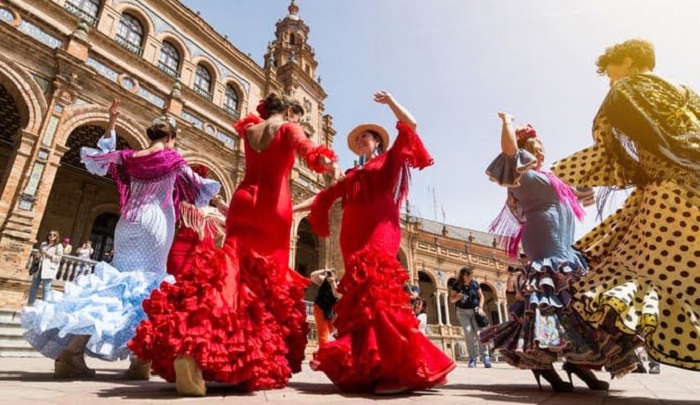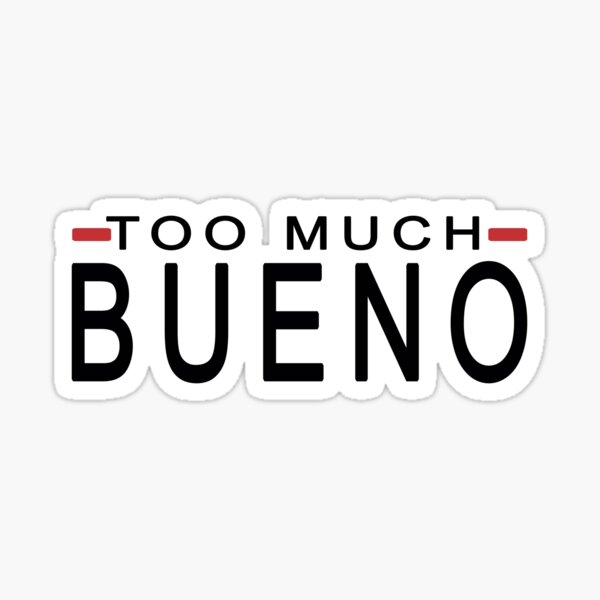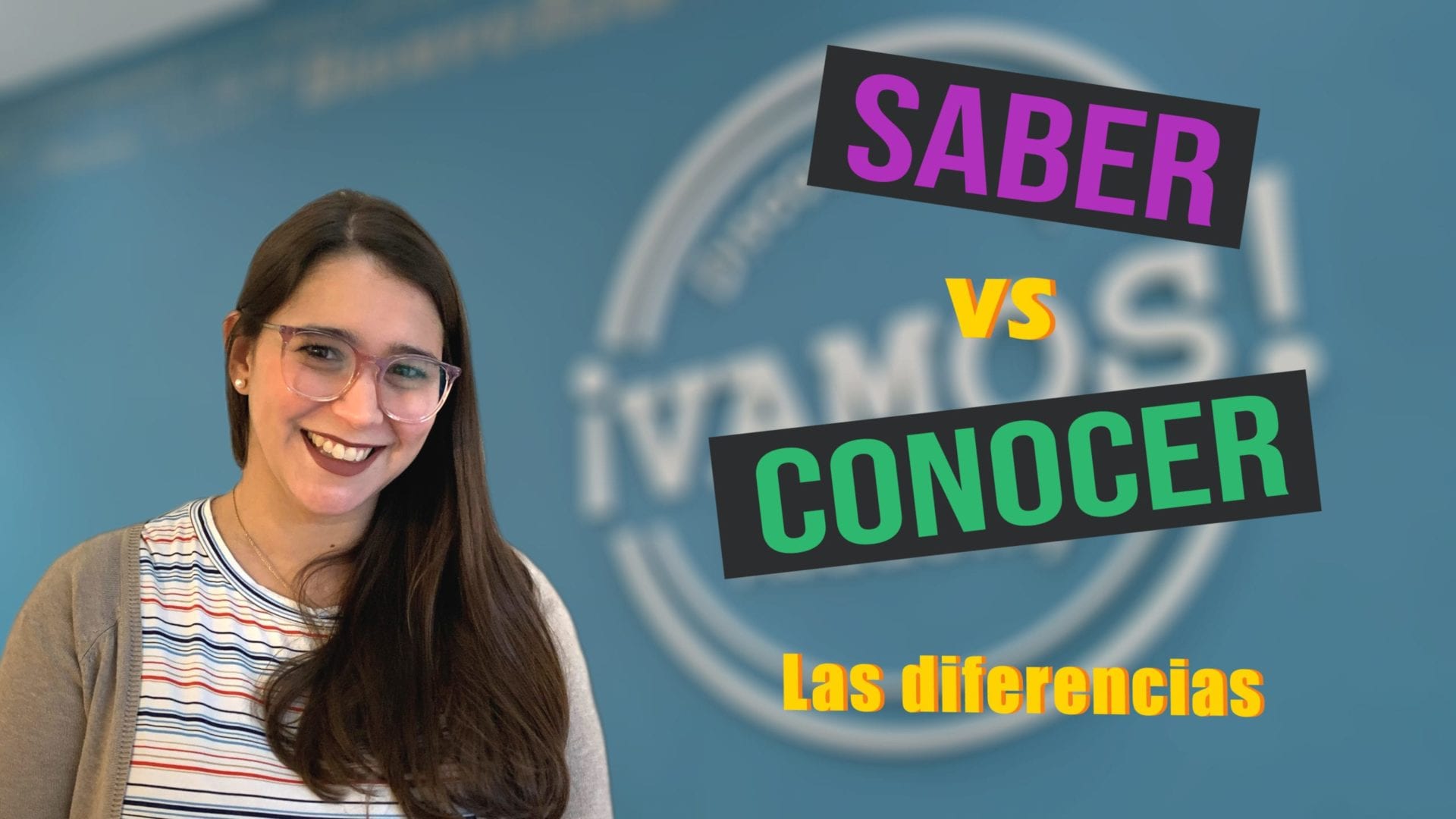Fandango, more than just a dance, is a vibrant reflection of the Spanish soul. Through its movements and rhythms, this traditional dance has captured the essence of passion, romance, and vitality that characterizes Spanish culture. From its humble origins to its presence on global stages, Fandango has stood as a testament to Spain’s indomitable spirit and rich heritage. In this article, we’ll dive into the world of Fandango, exploring its history, characteristics, and its place in the heart of Spanish culture.
Table of Contents
- Origins and Evolution of Fandango
- Characteristics of Fandango
- Fandango Across the Regions
- Fandango in Popular Culture


Isabella Garcia
Origins and Evolution of Fandango
The Fandango dance, celebrated for its vibrant rhythm and passionate movements, boasts a rich and intricate history deeply embedded in Spanish culture. Its beginnings, although somewhat debated, offer a captivating journey through time and regions. The earliest mentions of Fandango can be traced back to the 18th century, with some literature references as early as 1712. The dance’s name, “Fandango,” is believed to have been derived from the Andalusian term “fandanguillo,” which translates to “little dance.”
Some historians relate the Fandango dance to a Roman dance called the Cordax or Iconici Motus. However, according to the Authority Dictionary of 1735, Fandango is described as a dance introduced by “those who have been in the Indies,” pointing towards Latin America. This suggests that the dance’s origins might be a blend of influences from Rome, Spain, and Latin America.
During the 1700s and 1800s, the Fandango dance gained prominence in various Spanish regions, including Extremadura, Asturias, País Vasco, Cataluña, and Valencia. Its captivating rhythm and movements made it a favorite at local festivals and celebrations, especially in Andalusia. The dance’s music, typically accompanied by instruments like guitars, castanets, and tambourines, played a pivotal role in its popularity. The lyrics, often centered around themes of love, nature, and daily life, added depth and emotion to the dance.
The Fandango’s allure wasn’t limited to dance alone. Renowned classical music composers like Luigi Boccherini, Wolfgang Amadeus Mozart, and Willibald Gluck incorporated Fandango elements into their compositions. The first known Fandango composition dates back to 1730 by baroque guitarist Santiago de Murcia. The dance’s influence on classical music showcases its widespread appeal and significance in European culture.
The Fandango and Flamenco dances, both integral to Spanish culture, share a unique relationship. Over centuries, Flamenco adopted certain features from Fandango, especially from the Andalucía region. This fusion led to the birth of a subgenre known as fandangos aflamencaos (flamencan Fandangos).
Fandango’s influence extended beyond Spain’s borders, especially during the Spanish colonial period in the Americas. In regions like Mexico, the dance evolved and took on a distinct form, known today as the Veracruz huapango, which blends African and Spanish influences. The dance’s adaptability and ability to merge with local cultures highlight its universal appeal.
Today, the Fandango dance remains a testament to Spain’s rich cultural heritage. While its traditional form is still celebrated, modern interpretations have emerged, blending contemporary elements with classic moves. The dance’s enduring legacy is a testament to its timeless charm and the deep cultural roots from which it sprang.
Also read our blog about: The Diference Between North Spain and South Spain
Characteristics of Fandango
The Fandango is a dance that captivates audiences with its unique blend of rhythm, movement, and emotion. Its characteristics are a reflection of Spain’s rich cultural heritage and the dance’s multifaceted history.
Rhythm and Music: The Fandango’s rhythm is lively and energetic, often starting slow and gradually building in intensity. The music is typically played with guitars, castanets, and handclaps, creating a vibrant soundscape that drives the dance. The time signature can vary, but a common form is 3/4 or 6/8, giving the dance a distinctive triple feel.
Dance Structure: The dance is usually performed by a couple, often in a close embrace. The movements are graceful and fluid, with intricate footwork and expressive arm and hand gestures. The dance can be improvisational, allowing the dancers to communicate and respond to each other’s movements.
Themes and Emotions: Fandango is a dance of emotion and storytelling. The lyrics of traditional Fandango songs often revolve around themes of love, longing, joy, and celebration. The dancers’ expressions and movements convey these emotions, making each performance a unique and heartfelt experience.
Regional Variations: The Fandango has various regional forms, each with its distinct style and flavor. For example, the Fandango de Huelva is known for its playful and lively nature, while the Fandango de Málaga has a more solemn and introspective quality. These regional variations enrich the dance’s diversity and reflect the local cultures and traditions.
Influence on Other Dances: The Fandango has had a significant impact on other Spanish dances, most notably Flamenco. Elements of Fandango can be found in certain Flamenco styles, showcasing the dance’s enduring influence and adaptability.
Modern Interpretations: Contemporary dancers and choreographers have embraced the Fandango, creating modern interpretations that fuse traditional elements with new ideas and techniques. These innovative approaches have helped keep the dance relevant and exciting for new generations of audiences.
Cultural Significance: The Fandango is more than just a dance; it’s a symbol of Spanish culture and identity. Its movements, music, and themes resonate with the Spanish spirit, making it a cherished part of festivals, celebrations, and artistic performances across the country.
Fandango Across the Regions
| Region | Characteristics | Music & Instruments | Cultural Significance |
|---|---|---|---|
| Andalusia | Lively and playful, with intricate footwork and expressive hand gestures. | Guitars, castanets, and handclaps. | Central to many festivals and celebrations, especially in the province of Huelva. |
| Málaga | More solemn and introspective, often slower in pace. | Guitars with a deeper tone, fewer castanets. | Reflects the region’s rich history and Moorish influences. |
| Murcia | Faster tempo with more pronounced footwork and sharper movements. | Guitars, tambourines, and sometimes violins. | Celebrated during the region’s spring festivals and has a distinct Arab influence. |
| Extremadura | Graceful and fluid, with a focus on arm movements and twirls. | Guitars and tambourines, with occasional vocals. | Represents the region’s blend of Spanish and Portuguese cultural influences. |
| Valencia | A more modern interpretation, blending traditional Fandango with contemporary dance elements. | Modern instruments, including electronic beats. | Showcases Valencia’s forward-thinking approach to arts and culture, blending tradition with modernity. |
| Canary Islands | Unique due to African influences, with more pronounced hip movements and a distinct rhythmic pattern. | Drums, flutes, and chácaras (local castanets). | Reflects the islands’ unique blend of Spanish and African cultures, central to many local festivals. |
Fandango in Popular Culture
The Fandango, with its passionate rhythms and evocative movements, has not only been a staple in traditional Spanish dance but has also made significant inroads into popular culture. Its influence can be seen in various artistic mediums, reflecting its enduring appeal and cultural significance.
Also read about: Flamenco’s Enigmatic Symphony: A Brit’s Sojourn Through the Vortex of Passion
Music and Compositions: Over the centuries, the Fandango’s captivating rhythm has inspired numerous composers. Classical music maestros, including Luigi Boccherini and Wolfgang Amadeus Mozart, have incorporated Fandango elements into their compositions. In modern times, various genres, from pop to rock, have seen artists drawing inspiration from Fandango’s beats, showcasing its versatility and timeless appeal.
Film and Theatre: The world of cinema and theatre hasn’t remained untouched by the Fandango’s charm. Numerous movies, especially those set in Spain or with Spanish themes, have featured Fandango dance sequences. Its dramatic and expressive nature makes it a favorite for theatrical performances, adding depth and cultural context to many plays and productions.


Literature: The Fandango has been a muse for many writers and poets. Its rich history and the emotions it evokes have been captured in countless poems, novels, and short stories. From passionate tales of love to explorations of Spanish culture, the Fandango serves as a backdrop, adding layers of depth and authenticity to literary works.
Art and Visual Media: The vibrant movements and colorful costumes associated with Fandango have been a subject of fascination for visual artists. Paintings, sketches, and sculptures capturing the essence of the dance can be found in art galleries worldwide. In recent times, with the advent of digital media, Fandango-inspired animations and graphic designs have also gained popularity.
Fashion: The traditional attire worn during Fandango performances, especially the flamboyant dresses of female dancers, has influenced Spanish fashion trends. Elements from these costumes, such as ruffles, floral patterns, and bold colors, have found their way into mainstream fashion, both in Spain and internationally.
Cultural Celebrations: Beyond the arts, Fandango remains a central feature of many Spanish cultural celebrations and festivals. Whether it’s a local fiesta in a small Andalusian town or a grand national celebration, the beats of Fandango often resonate, bringing people together in a shared heritage and joy.
In conclusion, the Fandango’s influence in popular culture underscores its significance not just as a dance but as a cultural phenomenon. Its ability to inspire, captivate, and resonate across various mediums showcases its enduring legacy and the profound impact it has had on artistic expressions worldwide.
FAQs about Fandango Spanish Dance
1. What is Fandango? Fandango is a lively traditional folk dance and music style originating from Spain. It is often characterized by its fast tempo, vibrant guitar playing, and intricate footwork.
2. Where did Fandango originate? Fandango originated in the Andalusian region of Spain, though its exact origins are debated. Over time, it spread to other parts of the country and underwent various regional adaptations.
3. How is the dance performed? Fandango is typically danced by a couple. The dance involves a series of lively steps, turns, and claps. The footwork, known as “zapateado,” is especially intricate and emphasizes the rhythm of the music.
4. What kind of music accompanies the Fandango dance? Fandango music is played with guitars, castanets, and sometimes a singer (cantaor or cantaora) who sings in a passionate and dramatic style. The lyrics often revolve around love, nature, and everyday life.
5. Are there regional variations of Fandango? Yes, there are several regional variations of Fandango across Spain, each with its unique style, steps, and music. Examples include Fandango de Huelva, Fandango Malagueño, and Fandango de Almería.
6. How is Fandango different from Flamenco? While both are traditional Spanish art forms, Fandango is a specific style of dance and music, whereas Flamenco encompasses a broader range of styles and forms. However, Fandango can be considered a subset or style within the Flamenco genre.
7. Can I learn Fandango? Absolutely! Many dance schools and academies, especially in Spain, offer Fandango lessons for beginners to advanced dancers.
8. Are there any famous Fandango dancers or musicians? Many Flamenco artists have performed and popularized Fandango over the years. One notable figure is Paco de Lucía, a renowned Spanish Flamenco guitarist, known for his Fandango compositions.
9. Are there any major Fandango events or festivals? In regions where Fandango is popular, there are often festivals, competitions, and performances dedicated to the dance. These events showcase the rich tradition and variations of Fandango.
10. How has Fandango influenced other dances? Fandango’s rhythmic footwork and lively tempo have influenced other dance forms, both within Spain and abroad. Its style and music have been incorporated into various other dances and musical genres.
Getting to the end…
Fandango, with its infectious rhythm and deep connection to Spain’s history and culture, remains a dance that enchants and fascinates generations. It serves as a reminder of Spain’s rich cultural tapestry, where tradition and modernity beautifully intertwine. Listening to Fandango’s music and witnessing its passionate movements, one can’t help but be transported to the cobblestone streets of Andalusia, where the echo of castanets and guitars lingers in the air. Fandango is not just a dance; it’s a celebration of life, love, and everything that makes Spain unique.










